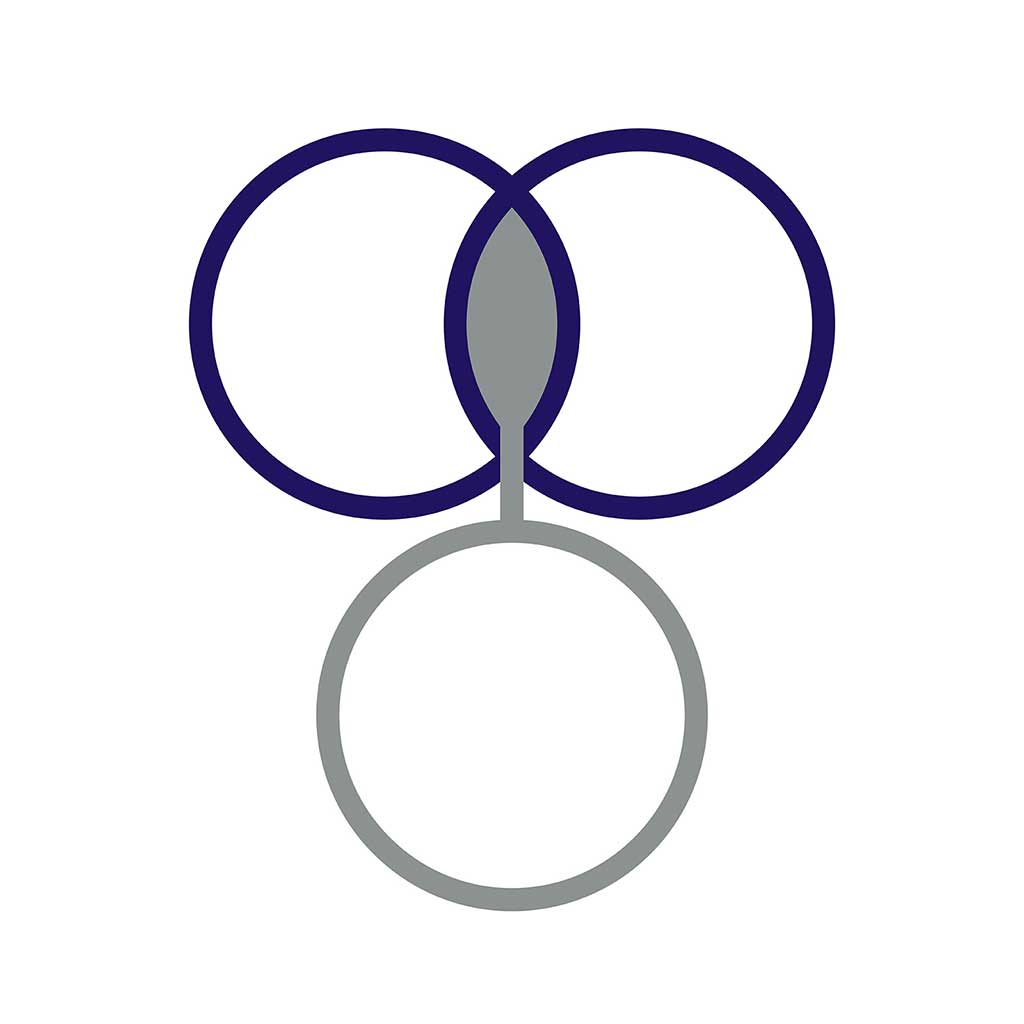 If there has been a running theme throughout Jon Mueller’s career, it would be his exploration of the intersection between sound and spirituality. He has tackled both largely in abstract interpretations: he is a multi-instrumentalist, and has delved into themes and imagery from a multitude of religions and spiritual practices throughout his career as an artist. dHrAaNwDn (Hand Drawn) is perhaps among the most fully realized examples of his passions, however. A stunning double record set, the audio is culled from six hours of improvised percussion performances recorded live in the Shaker Meeting House of Albany, New York, exemplifying not only Mueller’s adeptness at performing, but his ear for recording and capturing environments as well.
If there has been a running theme throughout Jon Mueller’s career, it would be his exploration of the intersection between sound and spirituality. He has tackled both largely in abstract interpretations: he is a multi-instrumentalist, and has delved into themes and imagery from a multitude of religions and spiritual practices throughout his career as an artist. dHrAaNwDn (Hand Drawn) is perhaps among the most fully realized examples of his passions, however. A stunning double record set, the audio is culled from six hours of improvised percussion performances recorded live in the Shaker Meeting House of Albany, New York, exemplifying not only Mueller’s adeptness at performing, but his ear for recording and capturing environments as well.
The Shakers are a distinct sect of Christianity that began in the 18th century of England and soon moved into the United States.Their emphasis on religion as a tangible experience (something to be physically experienced), their ascetic, anti-materialistic and celibate lifestyle largely kept them as a small group throughout, and to this day there are only considered to be two active members of the religion.The building in which Mueller recorded was constructed during the Era of Manifestations, a peak point in the Shaker religion in which "spirit gifts", often taking the form of art, were given between members.An intentional design of these Meeting Houses was for them to be large structures that magnified the singing and dancing elements of the Shaker faith.In some ways this building resembles a gymnasium but with a more specific construction, and with its historical structure and design, it made for the perfect venue for Mueller to record in.
The four side-long pieces that comprise dHrAaNwDn are, superficially, very simple.They are recordings of Muller playing four drums live within the space.There were no overdubs made, and very little in the way of processing or effects, in fact the only obvious example is the opening moments of the second part, in which the rhythms are filtered to a hollow, intentionally thin sound.Beyond that, all of the color and timbre of these rhythms is shaped by the recording environment itself.A deep rumble opens the first piece, with a barreling, bassy galloping rhythm.The sound is massive and thunderous, and Mueller’s playing transitions frequently, emphasizing the physicality of his performance.There almost seems to be melodies that emerge, largely psycho-acoustic effects from the resonance and echo of the walls of the Meeting House.
The second part may begin with some gentle ringing bells, but soon it is a leviathan of booming, singular beats that forcefully cut through the mix.Here his playing is especially dynamic, shifting from thinner midrange sounds to complex, nuanced polyrhythms that echo brilliantly within the space.The third segment has a massive, parking garage like reverberation to it, with Mueller accentuating the piece with some extremely hard kick drums that feel like a kick to the chest, and never relenting until the piece devolves into an almost tonal blur of sound.
The final part of the album is at first more tone-heavy, with the drumming initially less sustained and more tribal in nature.The echoes and reverbs again create pseudo-melodies from the drums, and the patterns shift, perhaps the most dynamic and varied of the entire work.Towards the conclusion of first call and response styles between two of the drums, and then it concludes with some improbably hard beats for the closing moments.
Much like his last album Tongues the overall production and sound design of dHrAaNwDn is astounding and much credit has to be given to Fred Weaver, who recorded and engineered this album, and the mixing assistance by Shane Hochstetler. Mueller’s recording session culminated with a public performance later that bright, sunny afternoon that I was thankfully able to attend (a luxurious deluxe edition of this record features that performance on cassette).While any sound reproduction medium would be unable to fully capture the full sound of the Meeting House and physical nature of Mueller’s playing, this album gets pretty damn close.The thought of four album sides of solo drumming may not seem like everyone’s cup of tea (and it may not be), but the conceptual themes and nature of these recordings makes them so much more than it seems on the surface.Muller recently stated that he questions if the music for him may be secondary to the experience playing and hearing gives, but in this case, the album stands extremely strongly on its own, regardless of when or where it is being heard.
Note:To honor the artist's request of keeping this music out of the digital domain, no samples are being provided.However, elements of the album can be heard in this preview video.
Read More

